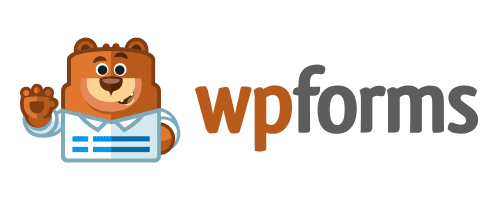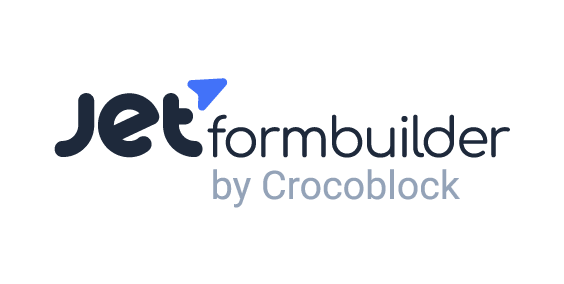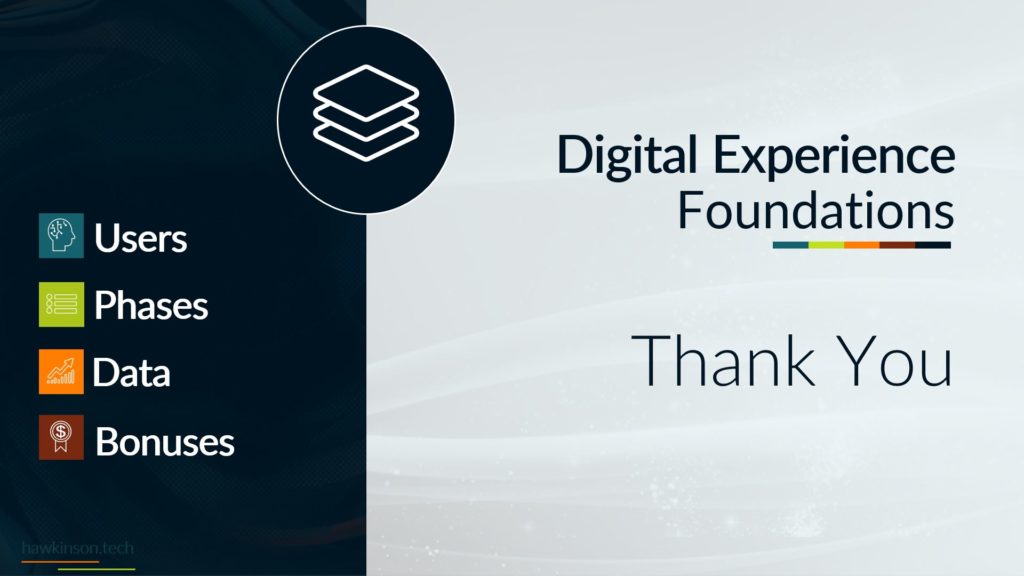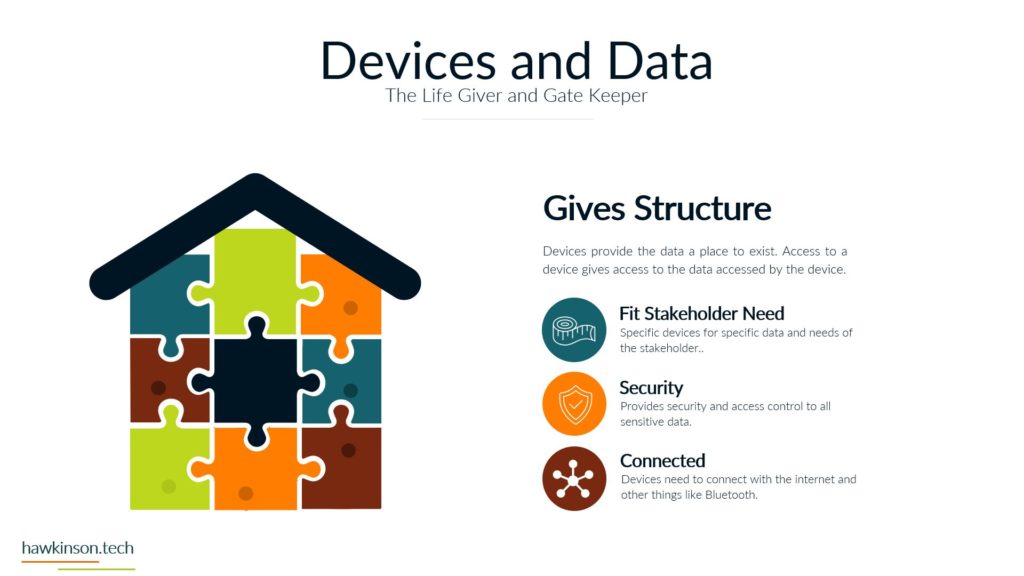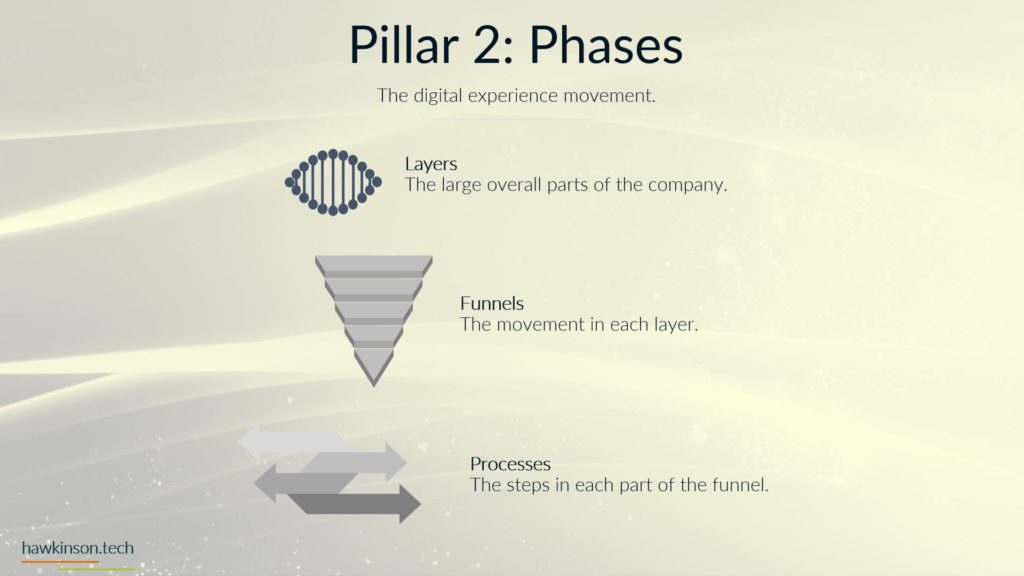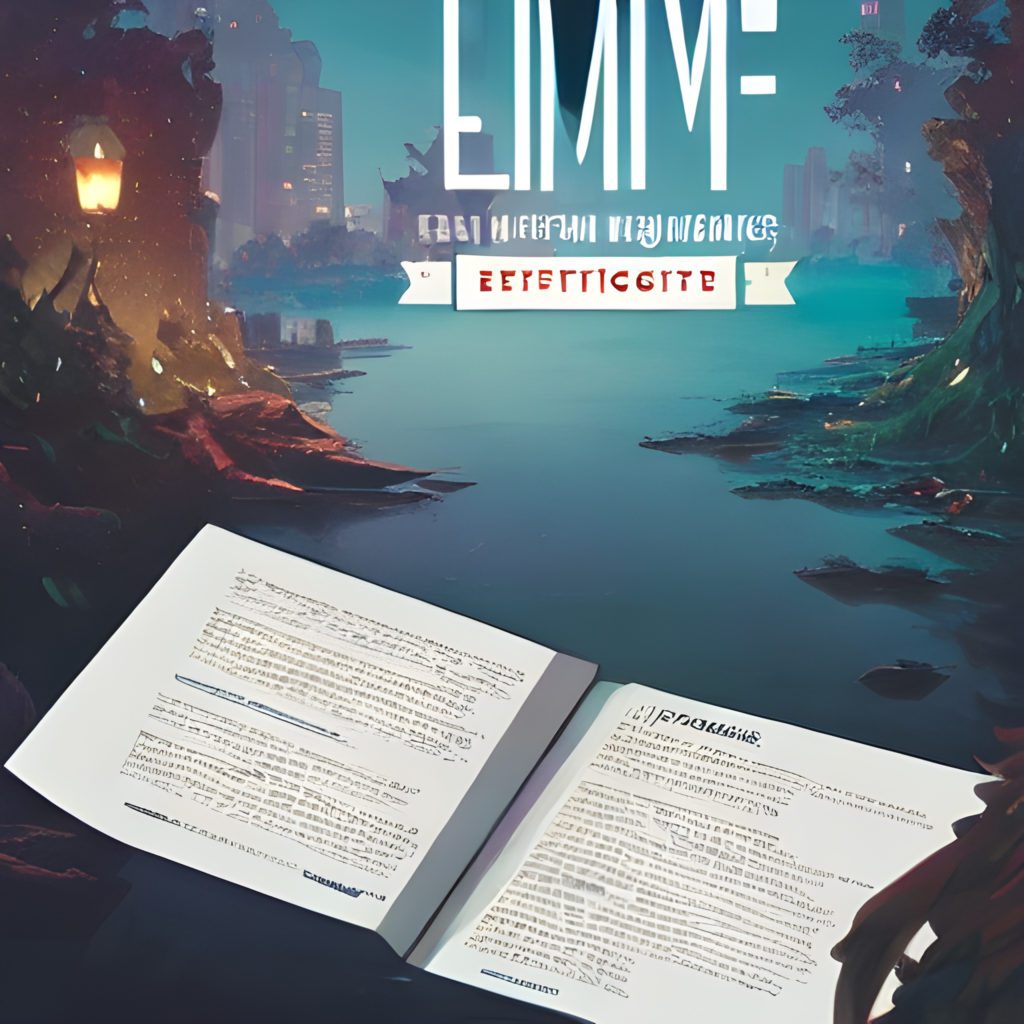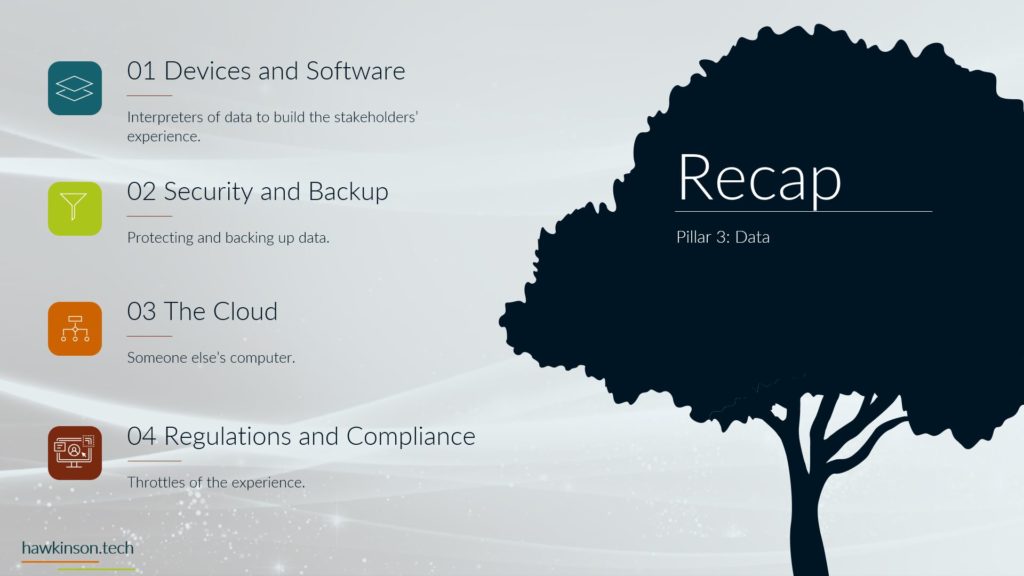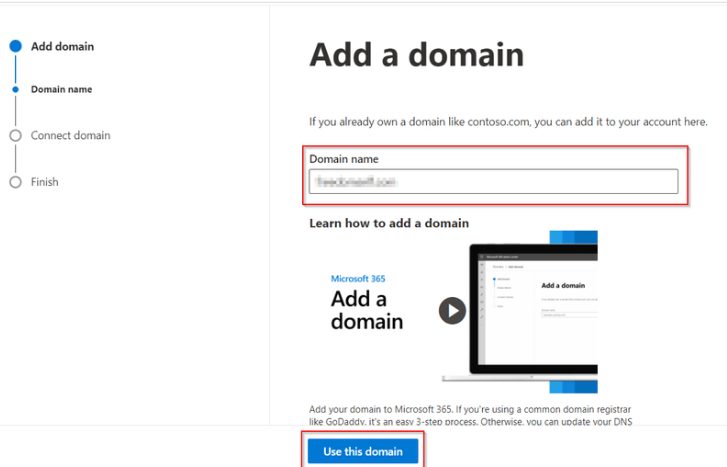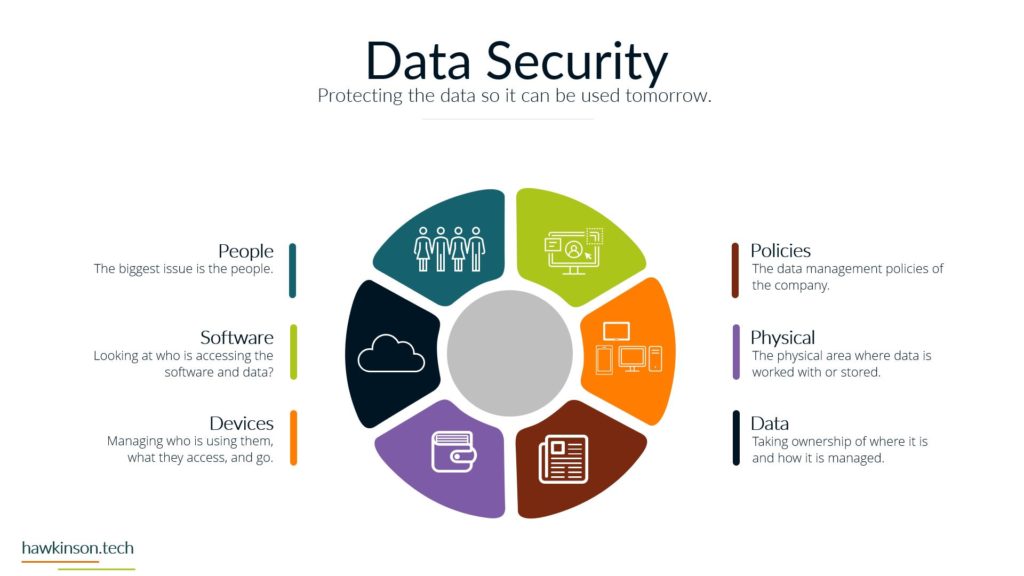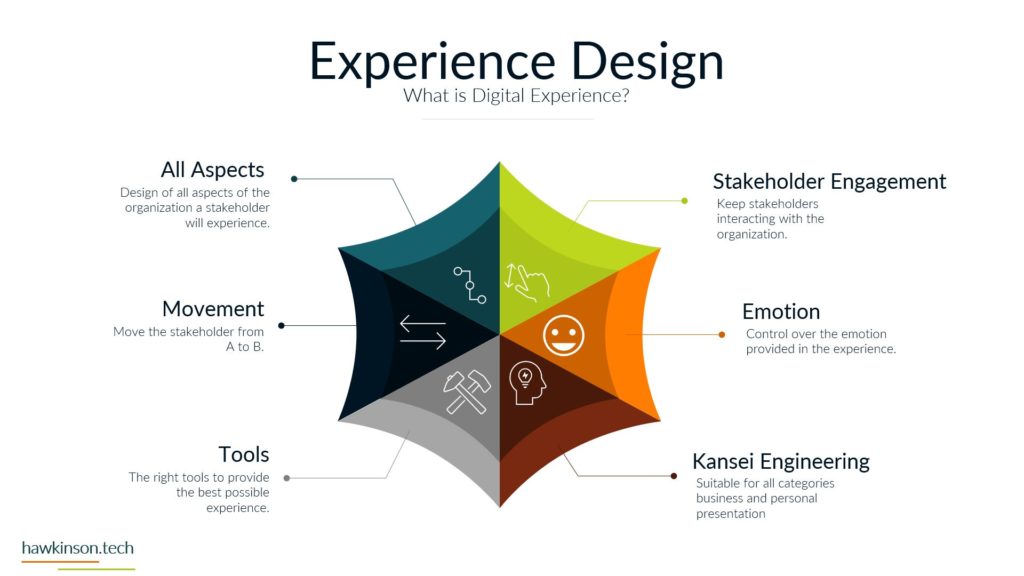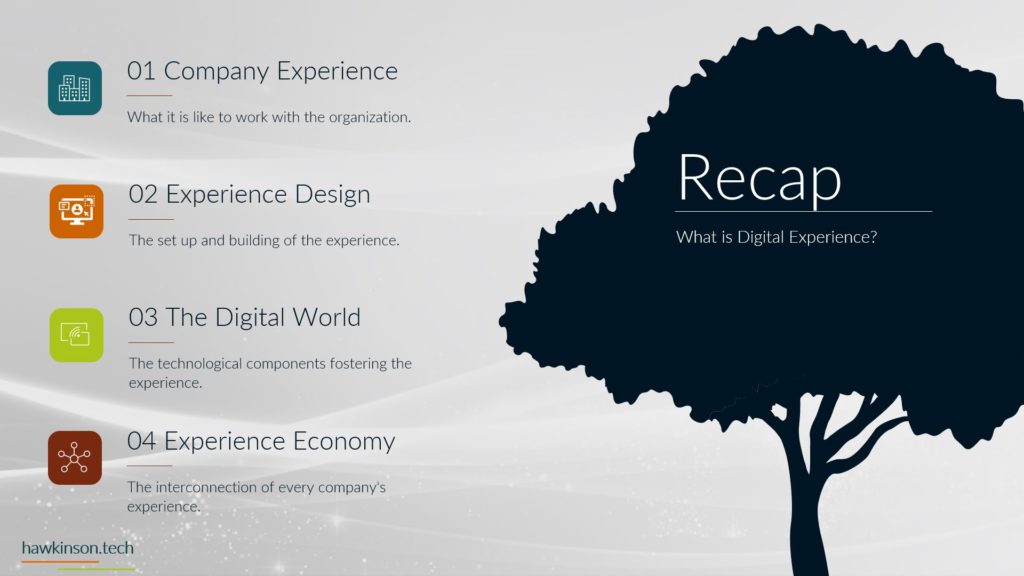WPForms is one of the easiest WordPress form builders available for beginners. You can create a WordPress form using WPForms without hiring a WordPress developer or writing code. Whether you want to develop a simple or comprehensive contact form, such as a signup or payment form, you can do it within a few minutes with WPForms.
Key Features
Drag-and-Drop Editor
You can quickly and easily design any form using the drag-and-drop editor in WPForms. With only one click, form fields could be added or removed. Depending on your preferences, you may quickly reorder the columns by dragging and dropping them over or under one another.
Form Templates Pack
With the WPForms plugin Form Templates Pack, you can select from a vast selection of pre-made templates for every sector. It helps you save time since you don’t always have to create a form from scratch. Instead, search for the form template you need and click it when it appears. You can publish the form once you’ve made the required adjustments.
Form Abandonment
The form abandonment add-on may detect when a user is about to leave a form when it is active. It automatically captures a snapshot of the information they have so far submitted.
You can set up an online notice for forms that have been abandoned to follow up with the consumer. You may collect leads using form abandonment even if your website is down.
Other Features
- Form embedding
- Collecting payments
- Email marketing integration
- Entry management
- App integrations
